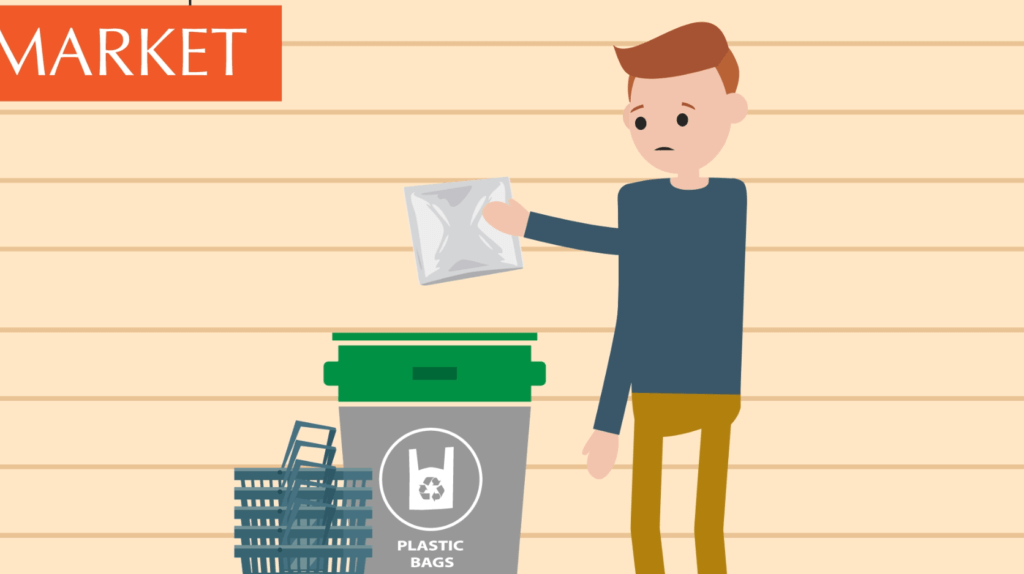Flexible packaging accounts for 18 percent of the American packaging market, according to the Flexible Packaging Association. Examples of flexible packaging include poly mailers, pouches, and bags. Most flexible packaging is made from non-rigid plastics. Understanding the benefits and lifecycle of flexible plastic packaging is important for any consumer who wants to take an environmentally responsible approach to packaging purchases and disposal.
Although eco-conscious consumers can be leery of purchasing items in plastic packaging, the truth is that plastic beats many other forms of packaging when it comes to environmental impact. For instance, with plastic packaging, the product to packaging ratio is 35 times greater than for glass bottles and 21 times greater than for aluminum cans*. This means that it takes far less material to create a package for each product when the package is made from plastic. Plastic packaging also weighs less, which saves fuel during transport. The part of the lifecycle that often concerns consumers the most is what happens to the plastic packaging after it is used. Disposal is plastic packaging’s biggest problem.
Thankfully, many types of flexible plastic packaging are recyclable. But, because plastic comes in so many forms, it is often very confusing to understand what can be recycled and how to do it. Organizations like the Flexible Packaging Association and the Sustainable Plastic Coalition are working to promote public education and a better understanding of plastic film recycling.
Plastic film is not usually allowed in a curbside recycling bin, but most communities have convenient drop-off locations for plastic film recycling. Grocery stores all over the country have plastic recycling bins that accept plastic grocery bags as well as flexible packaging mailers. Here are a few tips for recycling flexible plastic:
- Check your mailer or packaging for the #2 or #4 plastic codes. These codes indicate that the mailer is recyclable at a grocery store drop-off location.
- Remove labels by cutting them out of the plastic mailer and clean all food debris from the plastic packaging.
- Take your plastic to your local recycling spot and drop it in the bin.

Although this process seems easy, it is also easy to just skip the extra steps and toss in any old plastic mailer. This is called wishcycling and it is worse for the environment than throwing your plastic away. Dirty plastic contaminates other plastic that could have been recycled and non-recyclable goods can interrupt the machines and processes in the recycling plant.
If you want to learn more about how flexible plastic packaging is manufactured and recycled, check out the Recycle Your Used Mailers infographic. More information about the lifecycles of different types of flexible packaging can be found at https://www.flexpack.org/resources/sustainability-resources.
*Flexible Packaging Association

